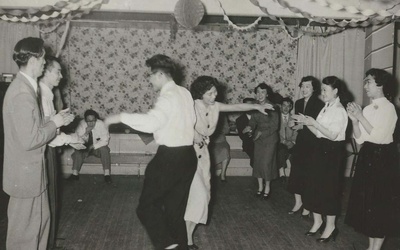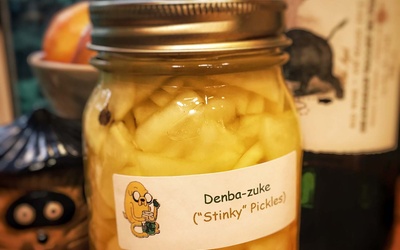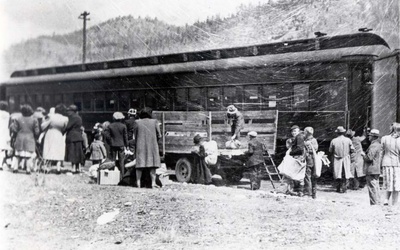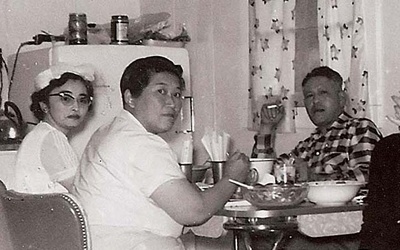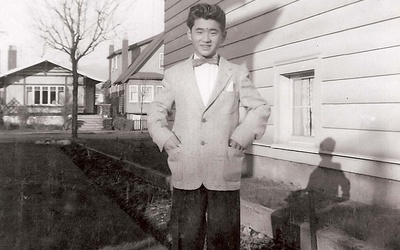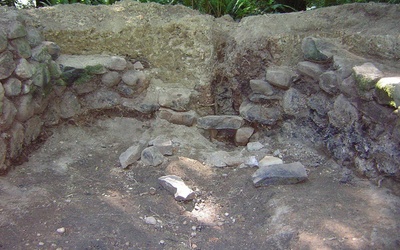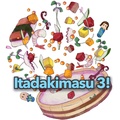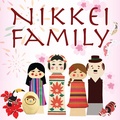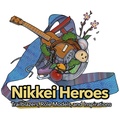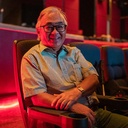
Chuck Tasaka
@CharlesHachiroChuck Tasaka is the grandson of Isaburo and Yorie Tasaka. Chuck’s father was 4th in a family of 19. Chuck was born in Midway, B.C., and grew up in Greenwood, B.C. until he graduated from high school. Chuck attended University of B.C. and graduated in 1968. After retirement in 2002, he became interested in Nikkei history. (Profile photo courtesy of Nelson photographer)
Updated October 2015
Stories from This Author
Love, Nisei Style
May 17, 2016 • Chuck Tasaka
Dion and the Belmonts made the doo wop song famous with “Teenagers in Love.” We could call this segment “Nisei-gers in Love.” Was this the clash of the old world Issei tradition versus the new world Canadian way? When the first Japanese immigrants came to British Columbia in the late 1800s, most were single men involved in menial occupations. They worked for very low pay and basically had no hopes for promotion. In their spare time they drank and gambled …
The Nisei Hepcats
April 8, 2016 • Chuck Tasaka
“The day the music died,” from the song “American Pie” by Don McLean, referred to February 3, 1959, the day Buddy Holly, Richie Valens, and the Big Bopper perished in the ill-fated plane crash in Clear Lake, Iowa. Those who were teenagers back then remembered ever so clearly when they heard the tragic news. You know exactly where you were and what you were doing. Music does that. Remember that song on the phonograph for the home waltz at the …
Cumberland Chow Mein, Denbazuke, Karinto? It's Canadian Nisei Food!
March 29, 2016 • Chuck Tasaka
How can you tell a Nisei by looking at the food they eat? Have you heard of Cumberland chow mein, denbazuke, or karinto? In the case of Japanese Hawaiians, you have heard of and most likely have eaten Spam sushi. Spam sushi became popular after World War II when the Nikkei 442nd soldiers returned from Europe, and having Spam as their staple diet, they invented this type of fusion sushi. The other creation is their breakfast where a fried egg …
Greenwood, B.C.: First Internment Center
Jan. 29, 2016 • Chuck Tasaka
Greenwood, British Columbia, in Canada became the first internment center when Nikkei people were uprooted and “relocated” from the coast of B.C. On December 7, 1941, Japan bombed Pearl Harbor, and shortly after Canada declared war on Japan when Hong Kong, a British Commonwealth, fell to the Japanese army. This started a chain reaction of government decisions to remove the Japanese Canadians from the coast. With the War Measures Act enforced, Japanese Canadians were helpless. Maybe that’s where the term …
Winter Holiday, Nikkei Way
Jan. 5, 2016 • Chuck Tasaka
When the Canadian government finally gave the Japanese Canadians the freedom to have equal rights as all Canadians in 1949, they were able to choose their destination. The Nikkei families scattered across Canada. Some moved to the prairie provinces of Alberta, Saskatchewan, and Manitoba. Others moved to Ontario and Quebec. However, some internment towns like New Denver and Greenwood had many families plant their roots with jobs in the local sawmill and logging. Therefore, Christmas and Oshogatsu festivities were probably …
You Are Canadian Nisei If...
Dec. 9, 2015 • Chuck Tasaka
Most Yonsei (4th generation Nikkei) and Gosei (5th) are most likely living very comfortable lives with their parents. There may be a Lexus, Acura, and an Infiniti parked in the driveway. Okay, maybe I’m exaggerating. For sure, a Honda Accord, Toyota 4-Runner, and a Nissan Note could be seen in the neighbourhood. The household will have a TV in nearly every room and the children will have an iPhone stuck permanently in their hands, listening to their iPod or viewing …
Berry Picking in Mount Lehman
Nov. 25, 2015 • Chuck Tasaka
Good evening, I was asked by Stan to speak on behalf of the berry pickers. However, I had to think it over for awhile because I felt that I would not be able to give a broad cross-section of the berry pickers’ experiences. You see, I was a late comer by berry pickers’ standards. Most of my sisters, brother, and their friends preceded me, and they left Greenwood at age 10 and 11 to earn money for their families. They …
Isaburo Tasaka’s 100-year old Charcoal Kiln Found on Salt Spring Island
Oct. 13, 2015 • Chuck Tasaka
What is the old saying? “What is old is now new again.” For thousands of years, the Wakayama Prefecture craftsmen made charcoal to produce the finest steel to pound into samurai swords. These skilled Wakayama artists were coveted by the Shogun. They knew how to produce high-grade, quality charcoal to melt the iron to produce weapons as well as churning out clay potteries. Once electricity and gas were introduced, charcoal-making became a thing of the past. In present day, however, …

